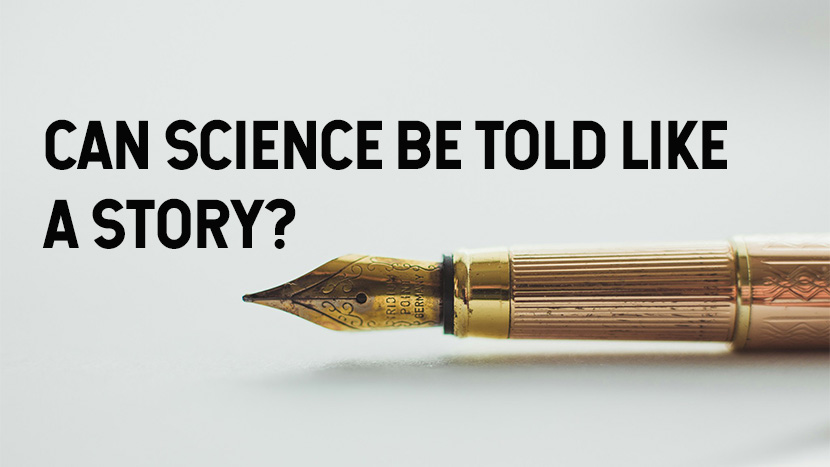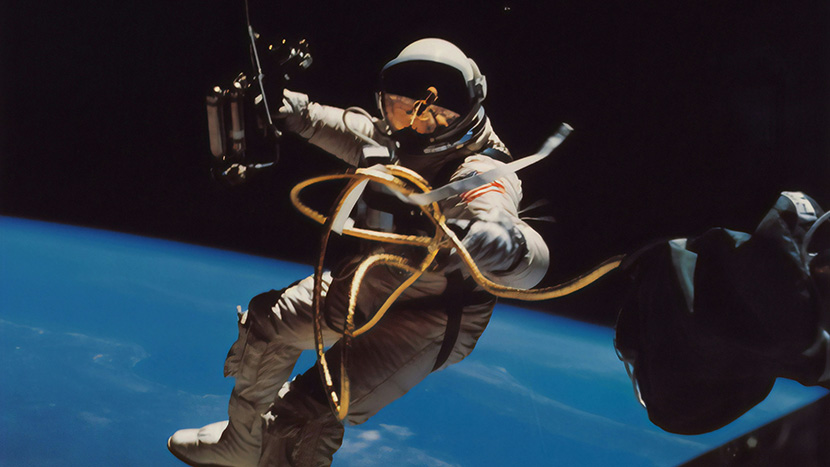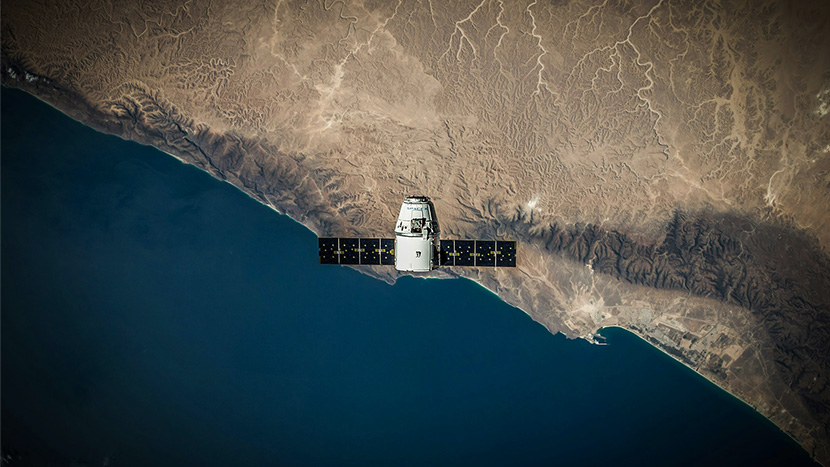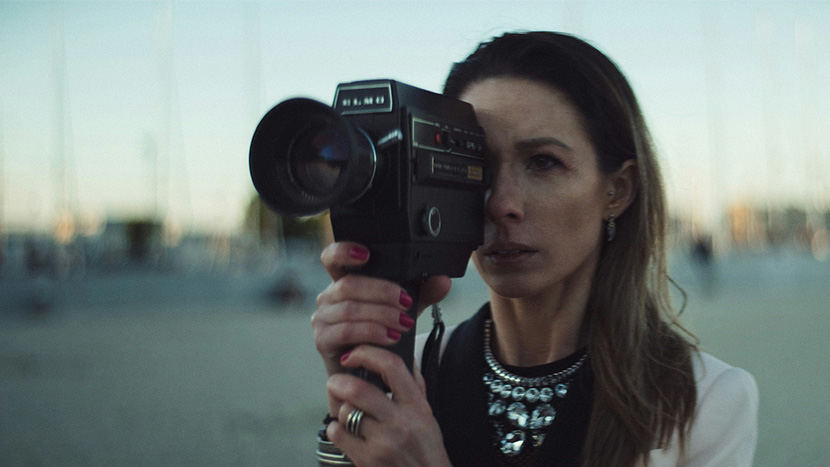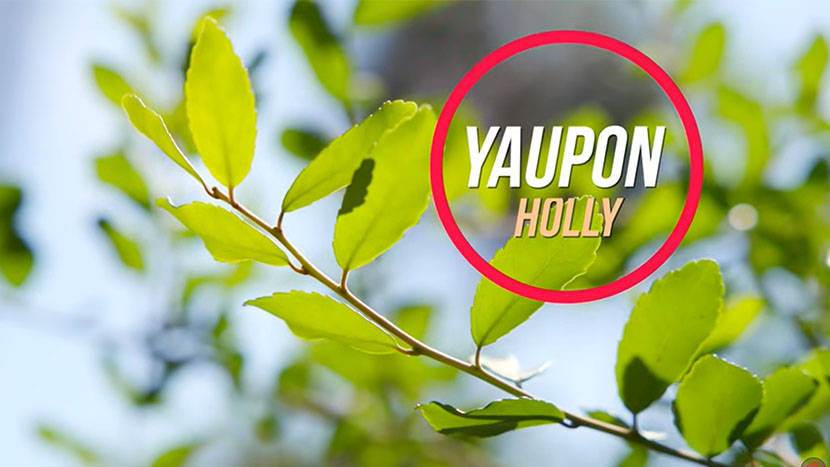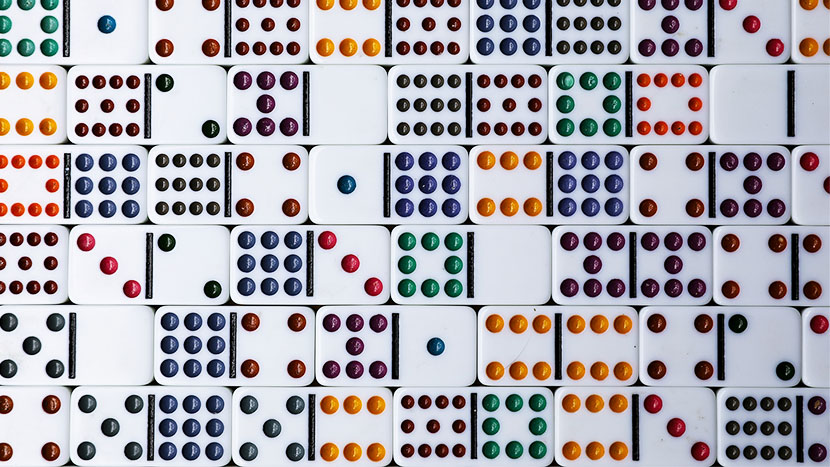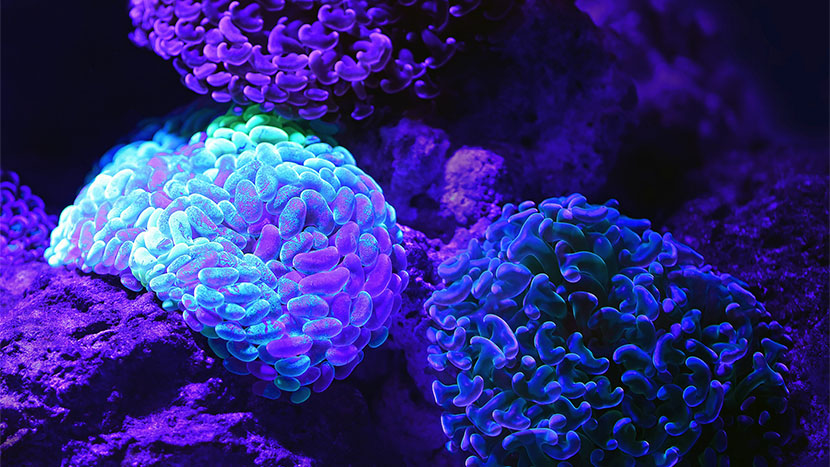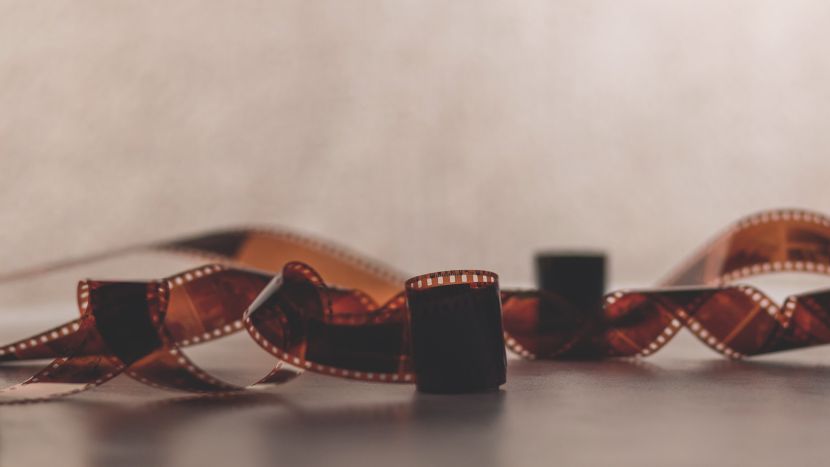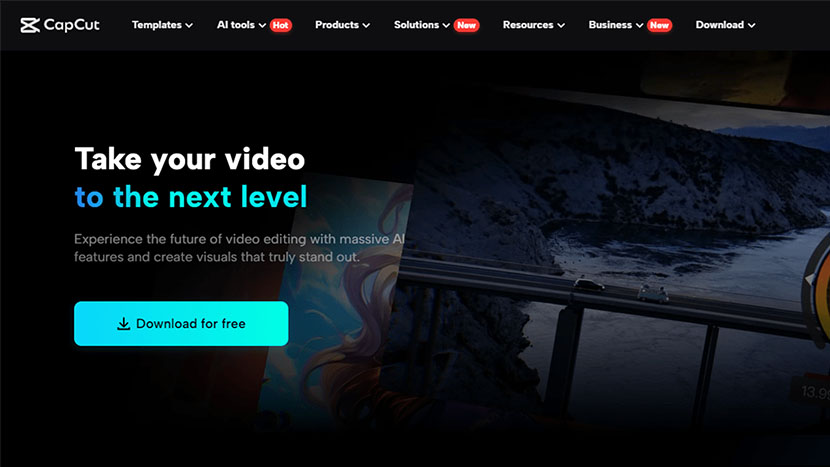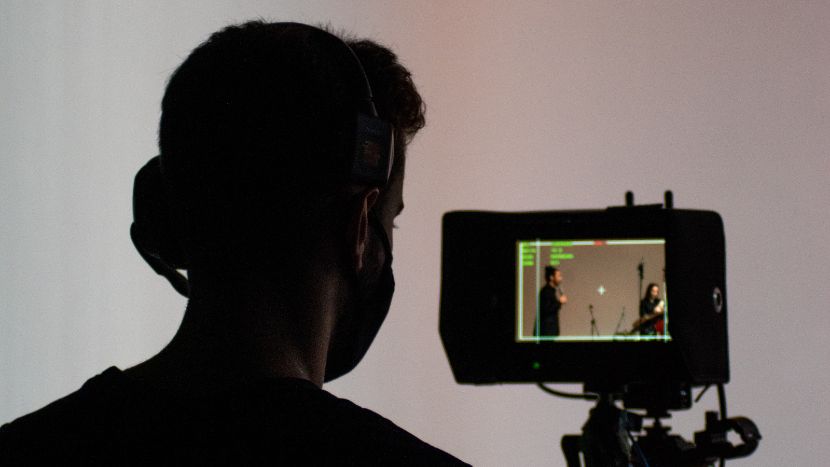Storytelling in science transforms complex research into engaging narratives. It bridges the gap between technical jargon and public understanding, making scientific discoveries more accessible.
Researchers can captivate their audience, enhance comprehension, and inspire curiosity about their work thanks to storytelling, especially if helped by a ghostwriter.
What is scientific storytelling, and how does it benefit the audience?
Scientific storytelling is the art of presenting research findings in a narrative format. It involves crafting a coherent and engaging tale around scientific data, methods, and conclusions. The goal is to make complex information more digestible and memorable for both expert and lay audiences.
One key benefit of scientific storytelling is improved comprehension. When information is presented as a story, it becomes easier for the audience to follow the logical flow of ideas and understand the relationships between different concepts.
Storytelling also enhances audience engagement. A well-told scientific story captures attention and maintains interest throughout the presentation or paper. It creates an emotional connection with the audience, making them more invested in the research outcomes.
Finally, storytelling in science can inspire curiosity and further inquiry. A compelling narrative can spark questions and encourage readers or listeners to explore the topic more deeply, potentially leading to new research directions or collaborations.
How to use storytelling for writing scientific papers?
Incorporating storytelling techniques into scientific papers can make research more engaging and accessible. Here are some strategies to achieve this:
- Begin with a hook: Start the paper with an intriguing anecdote or question related to the research.
- Develop a clear narrative arc: Structure the paper like a story with a beginning, middle, and end.
- Use vivid language: Employ descriptive words and analogies to bring concepts to life.
- Highlight the human element: Include personal motivations or real-world implications of the research.
- Create tension: Present the research problem as a mystery to be solved or a challenge to overcome.
Which are the main scientific storytelling success factors?
Good scientific storytelling depends on important parts. One of them is a story structure that is easy to understand and interesting. This kind of structure should lead readers along the path of research, starting from the question at the beginning all the way up until results at the end.
Development of characters is another important aspect in telling scientific stories. Even though the “characters” we talk about in scientific writing are usually ideas, methods, or events; they can be made more approachable and visual by using descriptive everyday language. For instance, a researcher could explain how certain proteins “interact” while another might describe how geological forces “shape” landscapes.
A good story is built upon conflict and resolution, and this rule also applies to scientific tales. In research narratives, the conflict usually shows itself as a scientific difficulty or query, while its solution is seen in the study’s results and their implication.
Is scientific storytelling challenging? Well, it may be.
Although storytelling can boost scientific communication, it also carries some difficulties. One big trap is the danger of making things too simple or too anthropomorphic. While researchers aim to make an interesting plot, they may be inclined to overlook crucial subtleties or intricacies in their work. It’s crucial to strike a balance between accessibility and accuracy.
A further obstacle is keeping the writing impartial. In scientific writing, the goal is often to have a removed and unprejudiced tone. Merging storytelling components without adding prejudice or emotional control needs thoughtful thought and adept writing abilities.
The pressure of making an interesting story might also cause overstatement in results or consequences. Those doing the research need to fight against exaggerating how important their discoveries are just for a more exciting narrative, instead always writing with honesty and openness.
Storytelling in science should also think about cultural sensitivity. Comparisons, metaphors and instances that make sense to one group might not be clear for or possibly offend a different audience. Writers have to consider a variety of readers and decide their narrative elements with caution.
Finally, there is the barrier of time and skill growth. Most scientists must spend time and effort enhancing their storytelling abilities. Ideally researchers work together with people who are skilled in science communication to improve their own communication skills.
Are professional ghostwriting services worth a shot?
Professional ghostwriting services can be beneficial for researchers who struggle with writing or lack time to craft compelling narratives. These services often employ experienced writers who understand both scientific content and effective storytelling techniques.
However, using ghostwriting services raises ethical concerns in academic publishing. Many institutions and journals require authors to have substantially contributed to the writing process. Using a ghostwriter without proper disclosure may violate these guidelines. With this in mind, some researchers use ghostwriters to help them learn how to do things “in the right way”, which can be very useful in the long run.

